14 Novels of Love Gone Wrong
Relationships doomed, damned, or otherwise disappointing

The history of love is hardly all sunshine, daisies, and boxes of chocolate. Arguably the oldest love story in the Western canon ended quite badly when Adam and Eve fell out of Eden, and classics like Wuthering Heights and Anna Karenina continue that noble tradition. This Valentine’s Day, celebrate the whole history of love—even the ugly bits—with these 14 novels of romance gone awry.
The Mayor of Casterbridge by Thomas Hardy (1886)
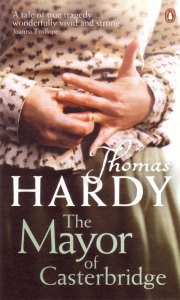
The novel opens with a shocking and memorable scene: at a village fair, a young, drunk Michael Henchard sells his wife, Susan, and the couple’s baby daughter to a sailor—for the sum of five guineas.
The Good Soldier by Ford Madox Ford (1915)
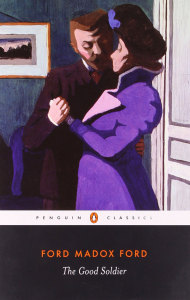
Ford famously begins, “This is the saddest story I have ever heard;” it’s an apt description for a tale of broken marriage, adultery, and suicide that may or may not have been orchestrated by an ambiguously sociopathic narrator.
Brideshead Revisited by Evelyn Waugh (1945)
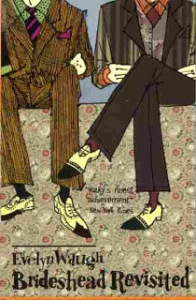
Poor Charles Ryder is drawn into the tumultuous currents of the aristocratic Marchmain family, where platonic and romantic love conspire to change their lives forever—leaving almost every character in the novel disillusioned, divorced, or dead.
Wide Sargasso Sea by Jean Rhys (1966)
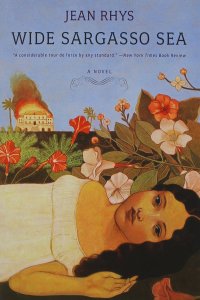
Although the love story at the heart of Jane Eyre is far from perfect, it’s the love story behind it—or rather, above it, in the attic—that truly stops the heart. Rhys’s reimagining of the life of Antoinette Cosway, Mr. Rochester’s first wife, gives the madwoman in the attic a story of her own, dark though it may be.
Desperate Characters by Paula Fox (1970)
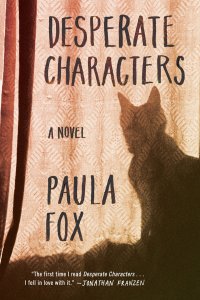
The disintegration of an upper-class marriage, and all of its pretense, is the subject of this devastating and exquisite novel—set in motion by the seemingly innocuous bite of a cat.
The War Between the Tates by Alison Lurie (1974)
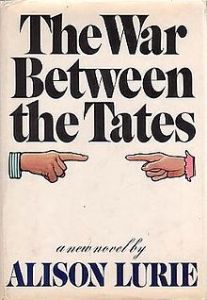
This comedy of manners set on a university campus in upstate New York in the 1960s features a pompous academic and his Ivy-educated writer wife, battling through the consequences of his infidelity with a grad student, against a backdrop of drugs, feminist protest, and student antiwar activities.
Lady Oracle by Margaret Atwood (1976)
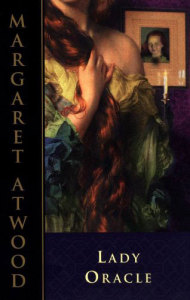
When Joan Foster’s secrets—among them the lurid Gothic romances she wrote under a nom de plume and her torrid love affair with an artist calling himself the Royal Porcupine—threaten to upend both her marriage and her overnight literary success, she fakes her own death and absconds to Italy to sort herself out.
The Shining by Stephen King (1977)
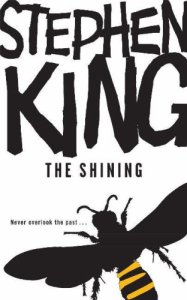
King gives us what is surely the worst possible way for a relationship to go south: a crazed husband chasing his panicked wife through the halls of an isolated, haunted hotel, looking to end their marriage by means of a well-placed blow to the head with a heavy wooden mallet (not an axe, as in Stanley Kubrick’s 1980 film adaptation).
To the Wedding by John Berger (1995)
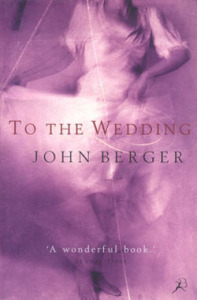
Berger, best known for his Into Their Labours trilogy, wrote a wrenching tale of love in the age of AIDS, when an HIV diagnosis was still a death sentence.
Autobiography of Red by Anne Carson (1998)
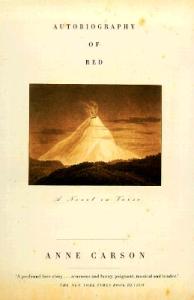
Carson reimagines the 10th labor of Hercules—in which he slays the monster Geryon—as a doomed love story, where heartbreak replaces homicide, sex stands in for violence, and the winged red beast is a young artist with a monstrous past.
Waiting by Ha Jin (1999)
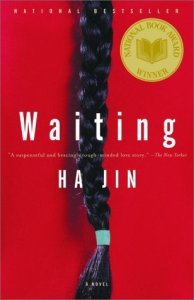
Waiting, which won the National Book Award, is the story of Lin Kong, a Chinese army doctor, and the women in his life. When Lin falls in love with a nurse at his hospital, his arranged marriage seems hollow to him, so—in the novel’s inimitable first words—“Every summer Lin Kong returned to Goose Village to divorce his wife, Shuyu.”
The Days of Abandonment by Elena Ferrante (2005)
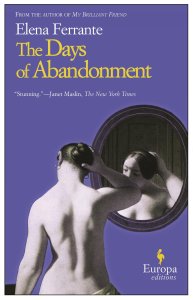
Ferrante shot to fame last year following the conclusion of her Neapolitan trilogy, but don’t forget her earlier novels. The Days of Abandonment is a portrait of Olga, whose life falls into disarray and despair when her husband of 15 years suddenly walks out on her.
Bluets by Maggie Nelson (2009)
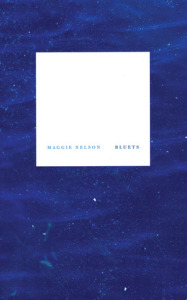
Straddling poetry, essay, and memoir, Bluets is a meditation—in the form of 240 numbered entries—on the color blue, a subject that in Nelson’s nimble hands bleeds into an exploration of love, obsession, and personal suffering.
Shadow Tag by Louise Erdrich (2010)
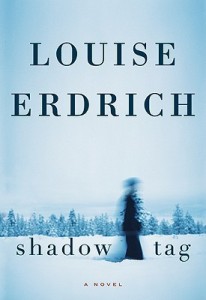
This novel homes in on a stifling, corrosive marriage and explores the lengths to which people will go to destroy their relationships—like planting fake diaries for a snooping spouse.

